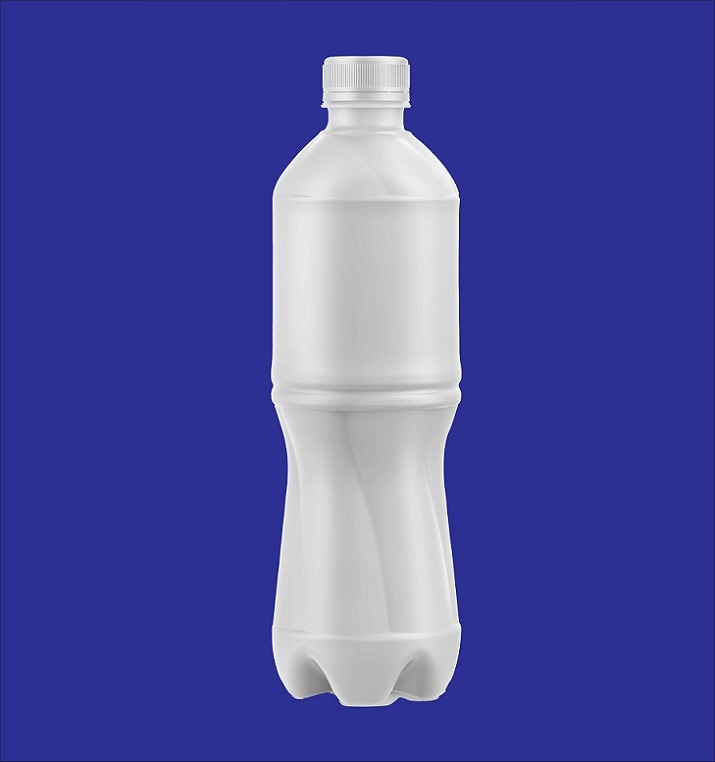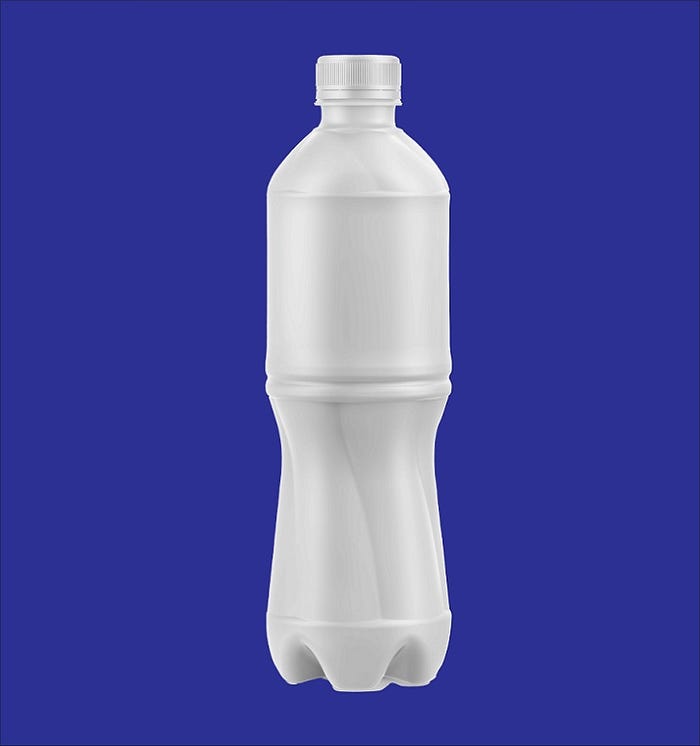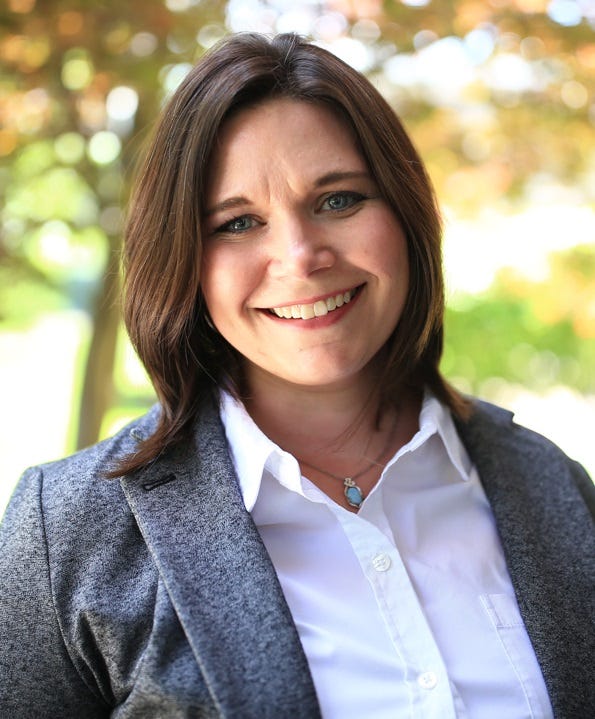Fundamental to commercializing a winning package or product, the right type of prototyping for your project will help ensure success.
March 2, 2020

 When your goal is to successfully commercialize a new package, what you don’t want to do is skip the prototyping stage(s). Going from simulation to commercial product will typically not end well. You may think you are saving both time and money, but you will most likely pay for it in spades in production loses and consumer complaints.
When your goal is to successfully commercialize a new package, what you don’t want to do is skip the prototyping stage(s). Going from simulation to commercial product will typically not end well. You may think you are saving both time and money, but you will most likely pay for it in spades in production loses and consumer complaints.
But there are various prototyping roads that can get you to a successful end game. Let’s review the four main ones. We will also suggest questions you will want to ask yourself to determine what the right path is for you taking into consideration your timing, budget and desired outcome.
Mockup. This can be as simple as something that is constructed from paper, scissors and glue. Its sole purpose is to convey a concept in a very basic 3D form. A mock-up is something that might be generated following an ideation session to build internal interest. This is your basic “arts and crafts” approach.
Printed 3D model. The next step up is a model that is designed to replicate the size, shape and impression of the desired container. This model can be held, but it won’t be functional. Its purpose is to create a physical representation of what was presented in a simulation model shown on a screen.
Proof of concept. This prototype alternative features will likely be made from the same material as the final commercial product. It will have added functionality. For example, if it is a pouch, it will zip closed. If it is a bottle, it will be squeezable. This prototype can be used for consumer testing and you can gather quality data from it. Consumer feedback based of a proof of concept prototype, will be critical in helping you fine tune your design so that it becomes production worthy.
Pre-production prototype. The fourth type takes all of the learning from the previous stages and is used to create market test and/or sales samples. We use these prototypes to gather qualitative performance data for performance in order to make the final tweaks before the final production runs are made.
By now you may be asking yourselves, which one(s) should be used for my specific project? Here are some of the decision-making points that you need to consider.
Quality. What is your desired outcome? What do you want the prototype to do for you? Are you looking for consumer feedback, performance, tangible proof-of-design, investor buy-in, etc.?
Cost. What is your budget? Can I only afford an “arts and crafts” prototype or do I have $100K to spend? Here are some ballpark ranges. These will vary depending on the type of package, complexity, etc., you are trying to prototype:
Printed models: $2 to $5K will get you a couple of prototypes.
Proof-of-concept: $10K and up.
Preproduction prototype: High five figures/low six figures. Can go over $100K.
Timing. When do you want to be commercial? Do you have a week, four weeks, 18 weeks, etc.?
When all is said and done, you do not want to go to market without either a proof-of-concept or a preproduction prototype. The other options have a purpose (mostly for internal purposes), but you need a functional prototype before you get into production. Skipping prototyping entirely is a recipe for disaster.
The way to look at this is 90% planning and 10% production. Prototypes are key to helping you commercialize a winning package.
Author: Barb Balyeat is the manager of project engineering of PTI. She has 15-plus years of experience in preform and container design and optimal material selection for package performance.
About PTI
PTI is recognized worldwide as a leading source for preform and package design, package development, rapid prototyping, pre-production prototyping, and material evaluation engineering for the plastic packaging industry. For more information: www.pti-usa.com.
About the Author(s)
You May Also Like





